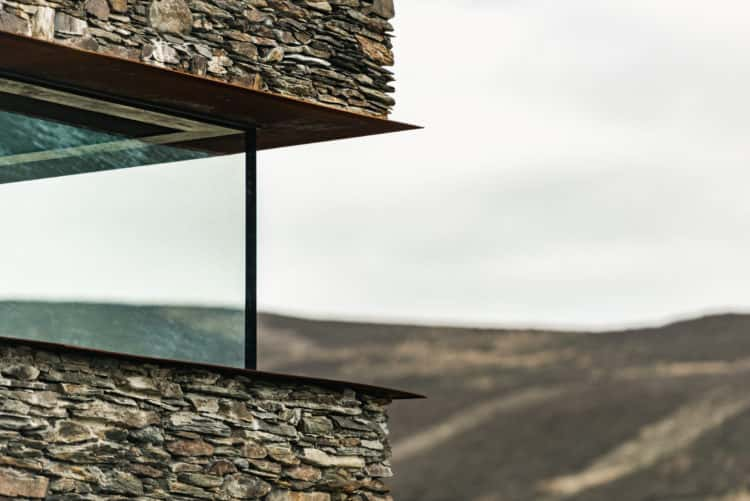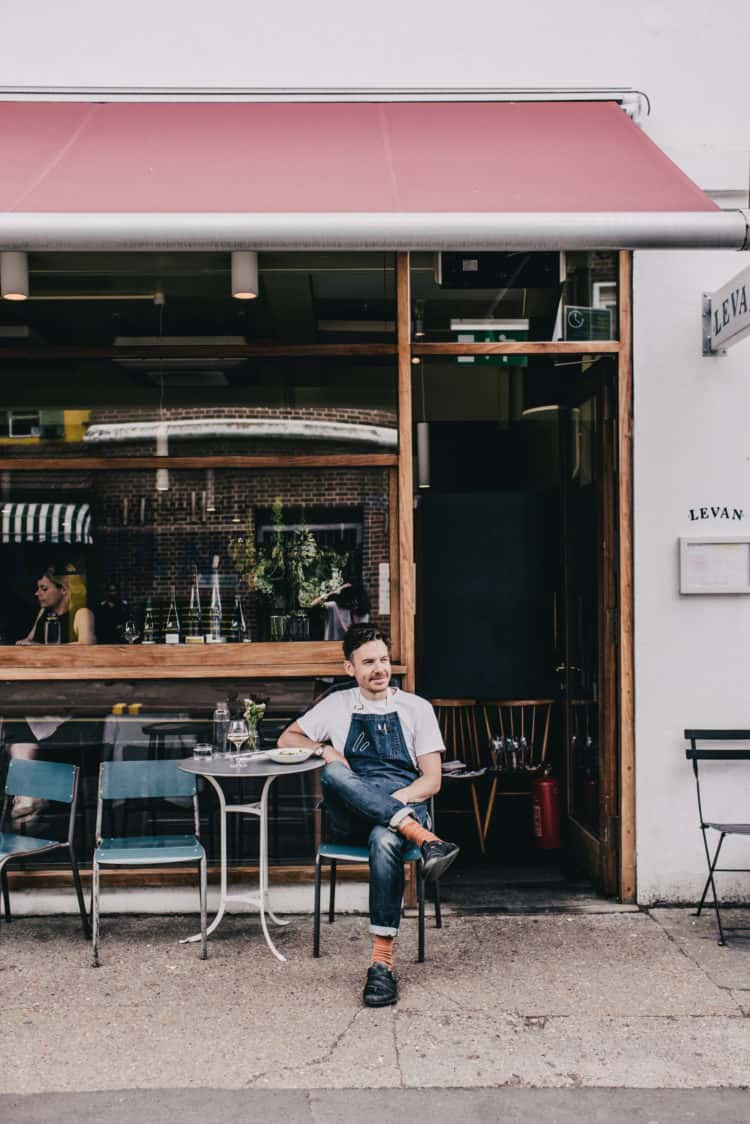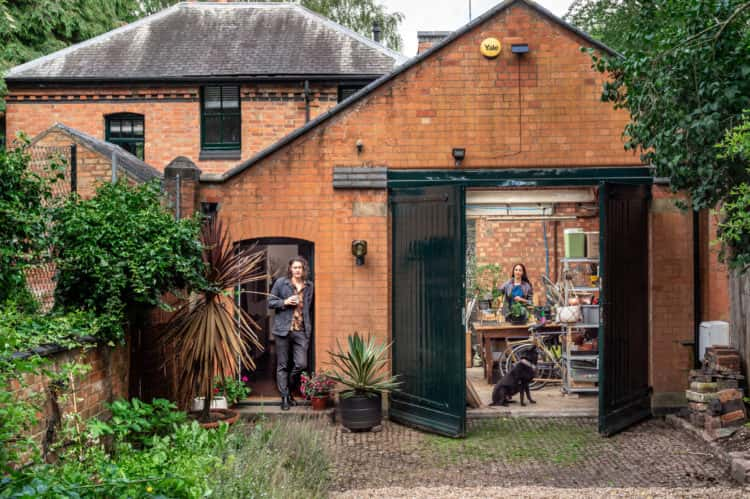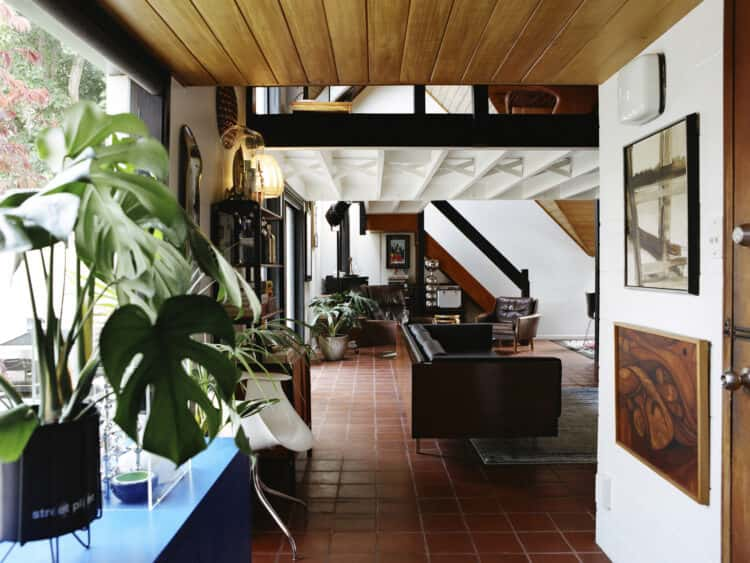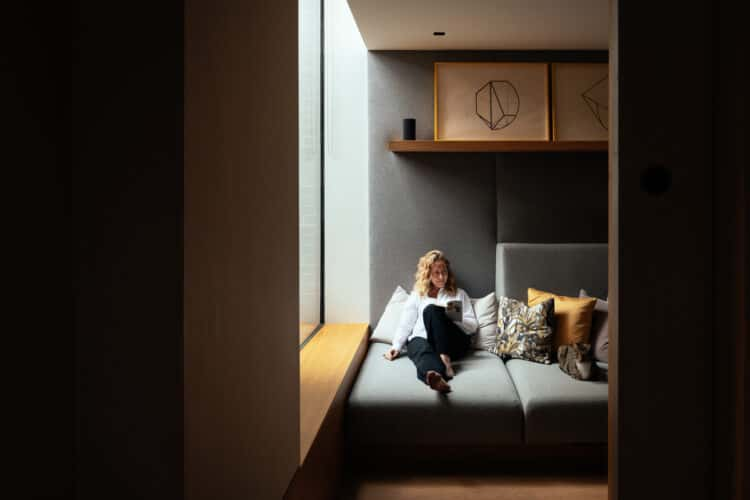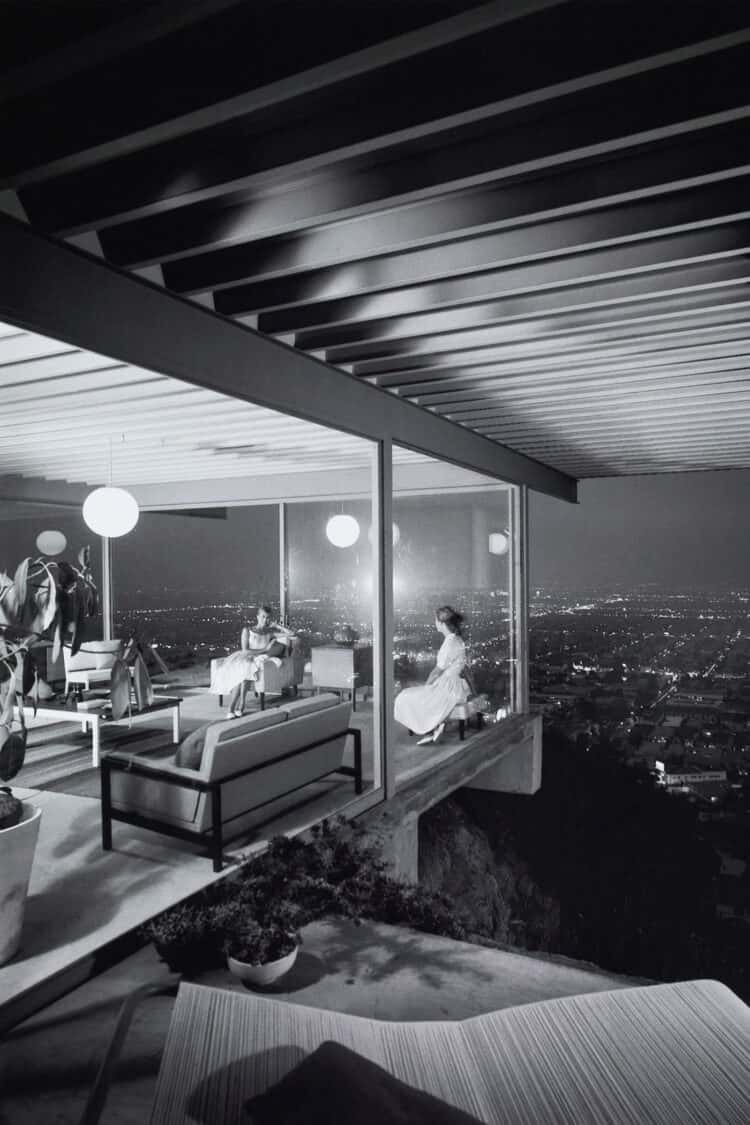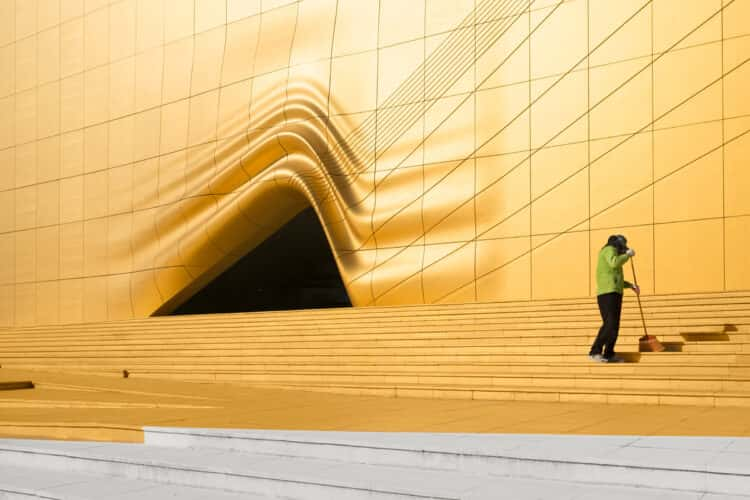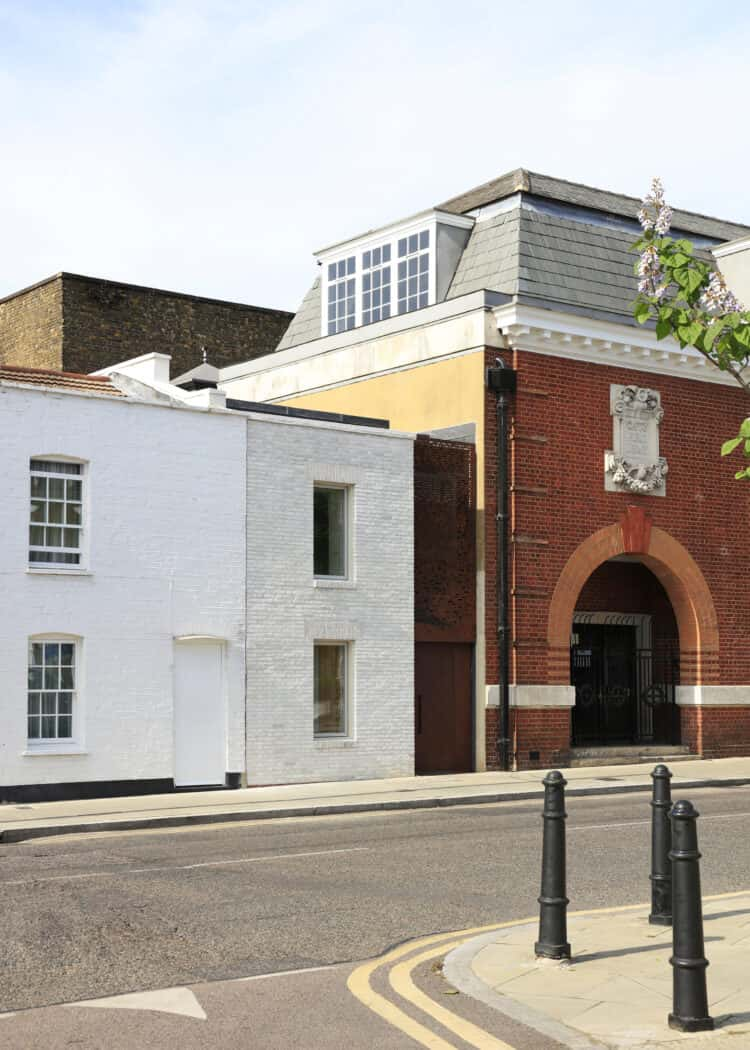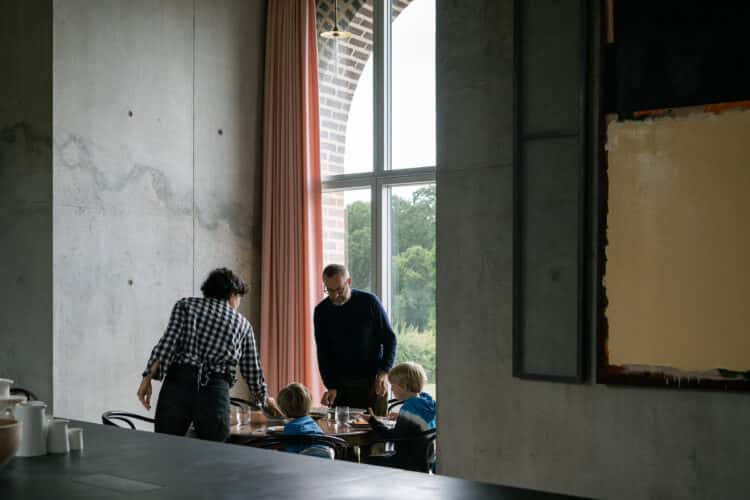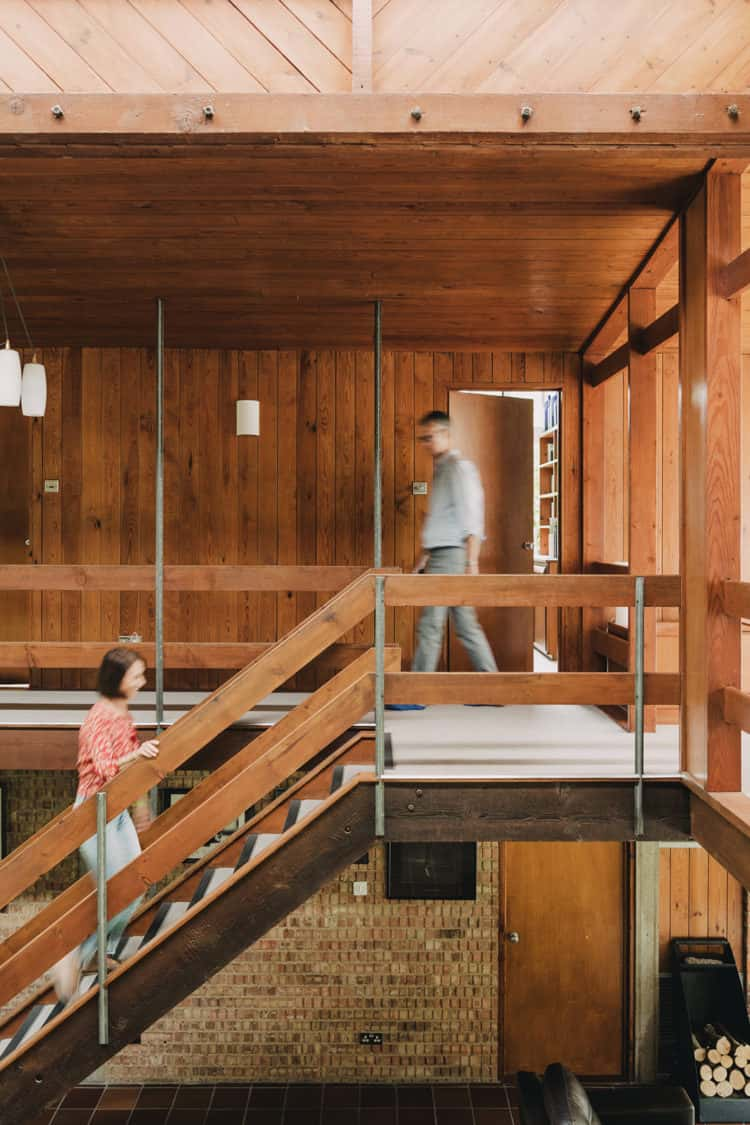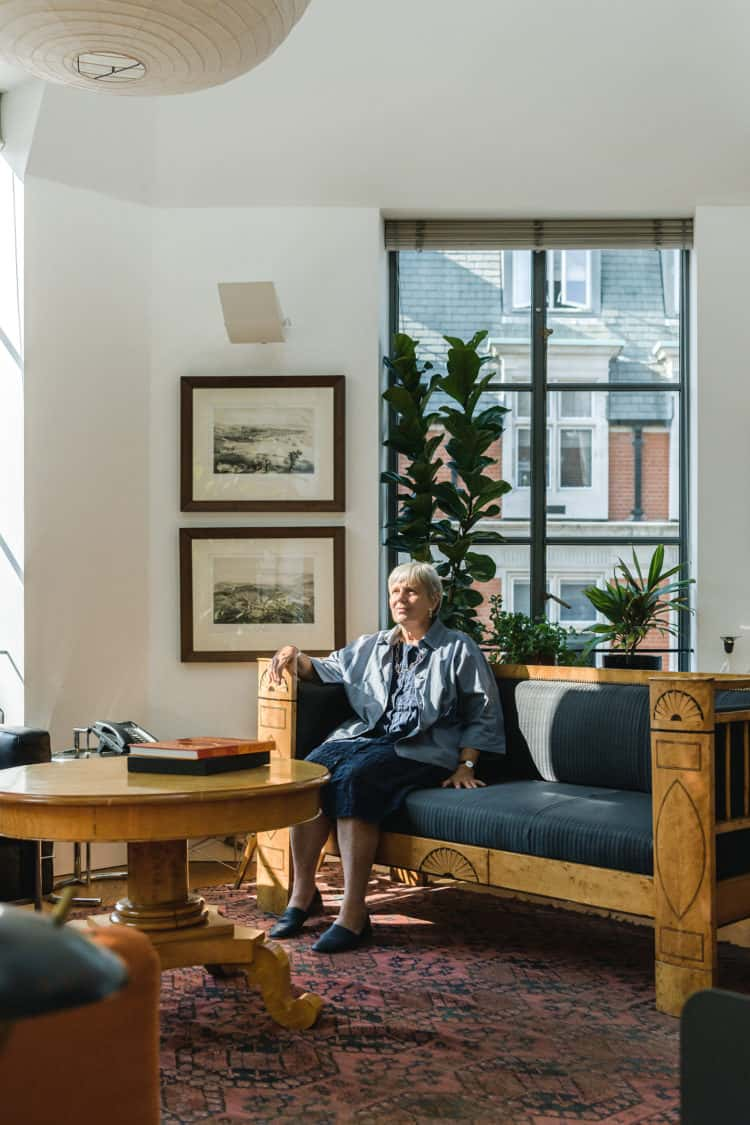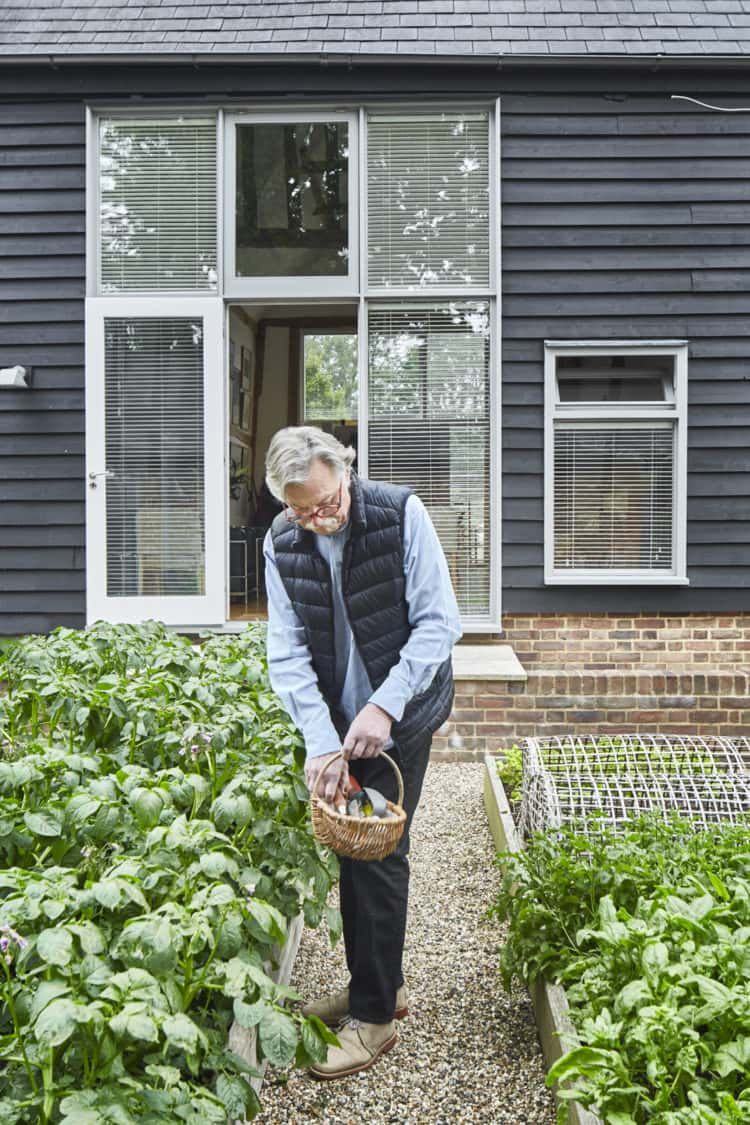Field Work: designing for biodiversity at the Sartfell Retreat on the Isle of Man
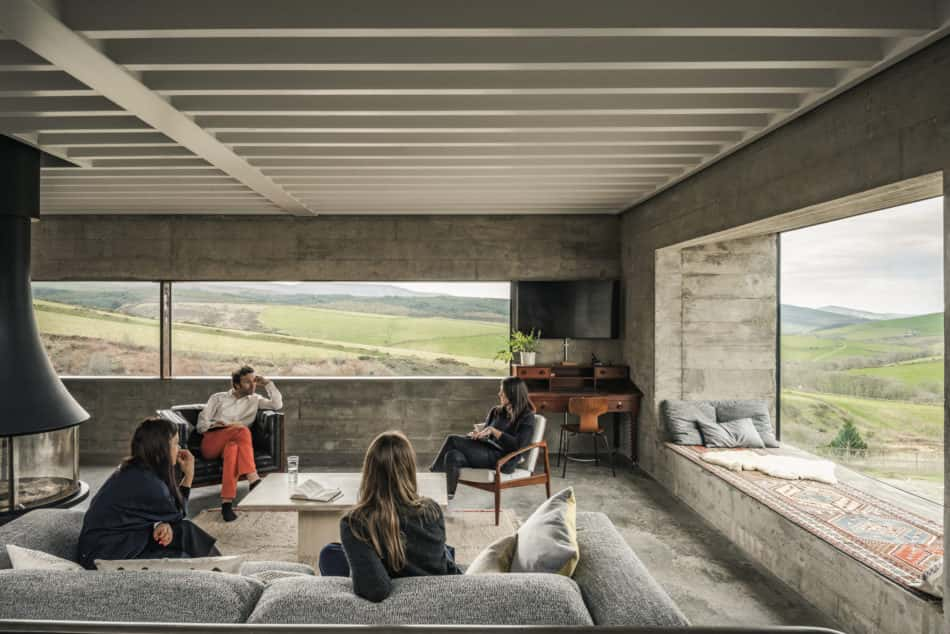
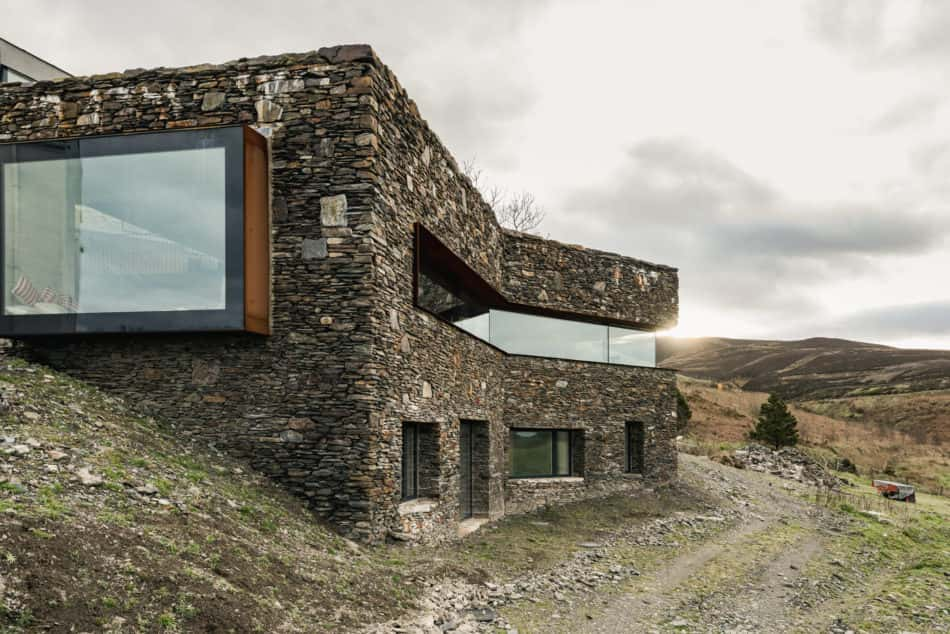
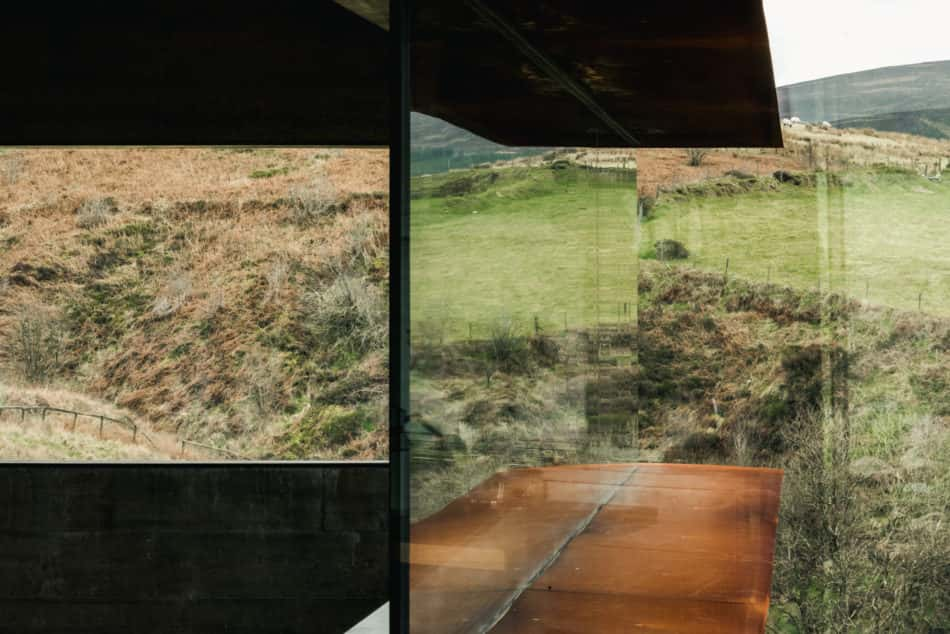
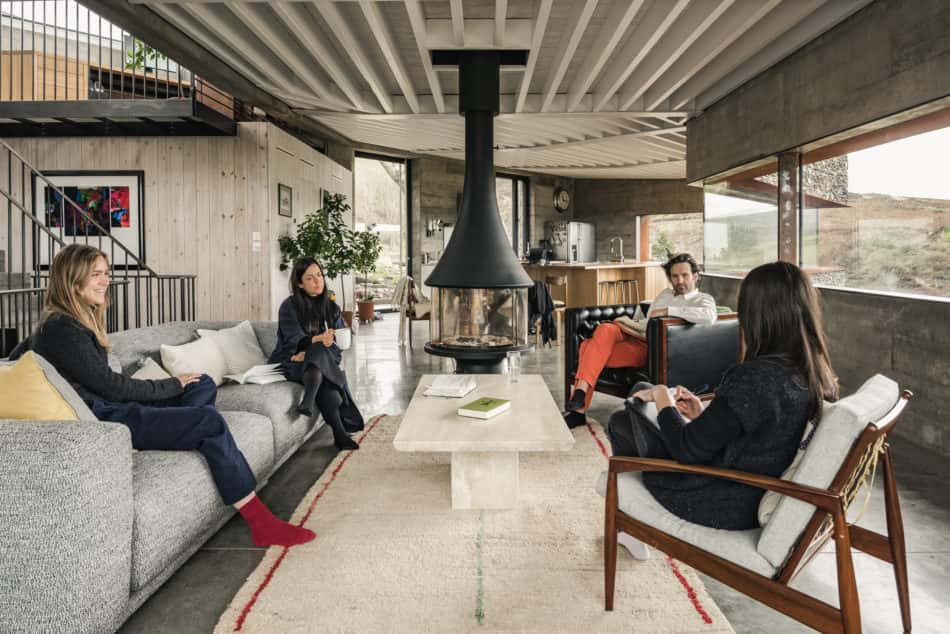
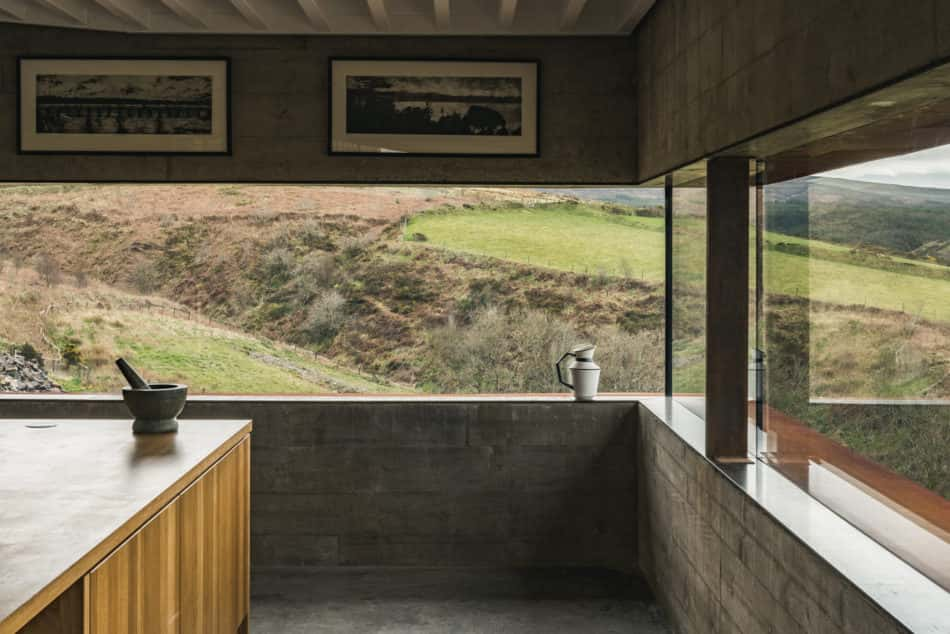
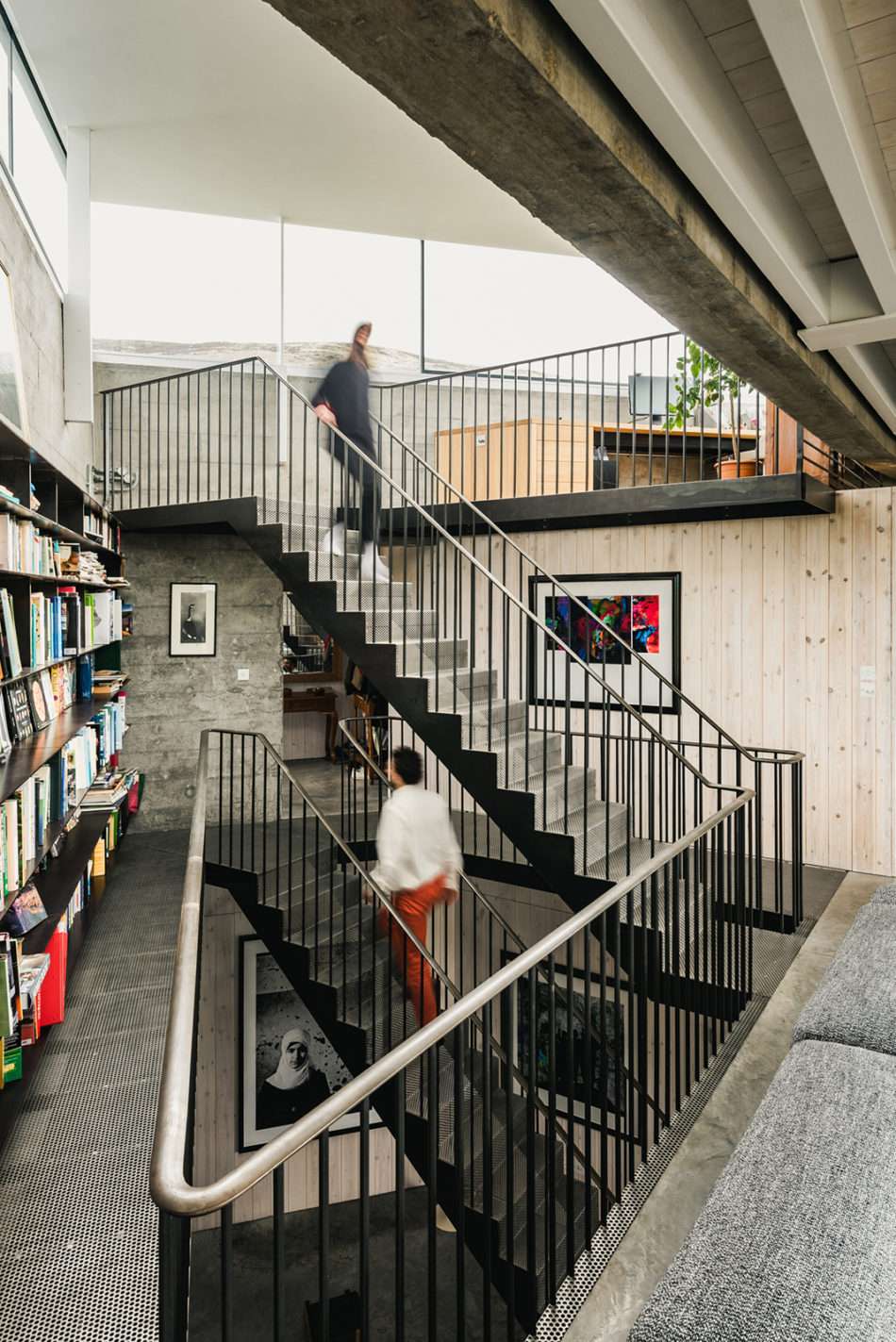

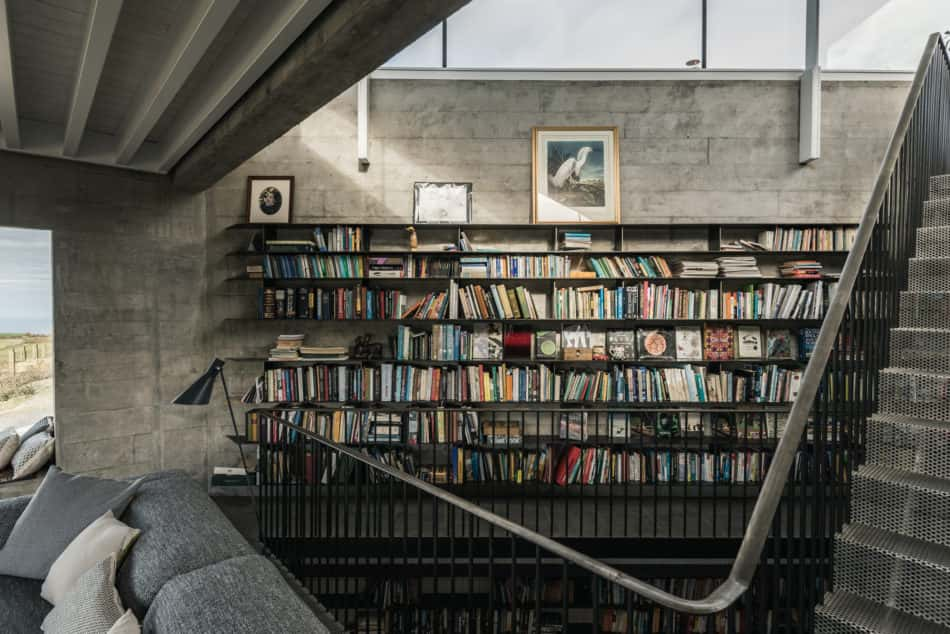
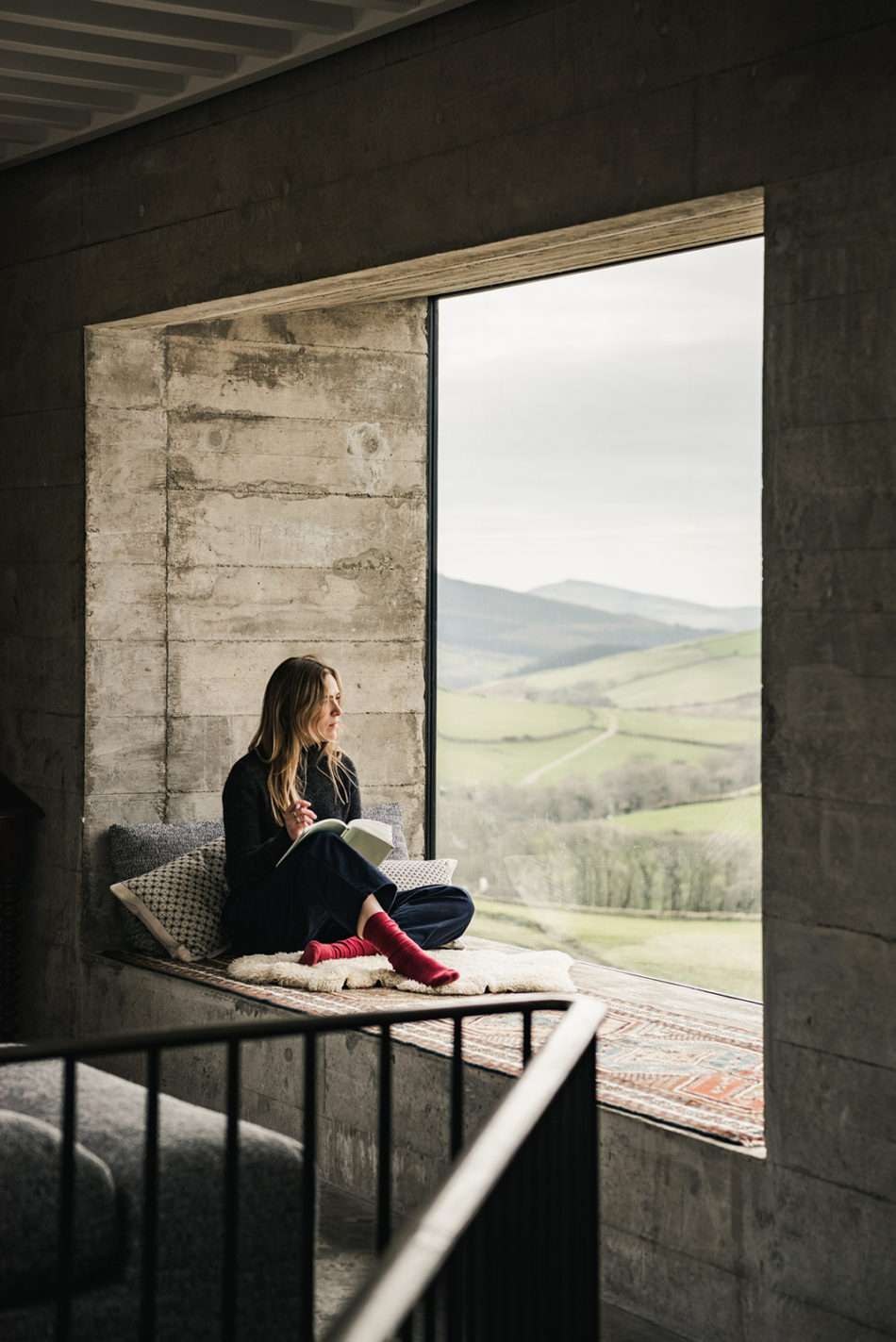
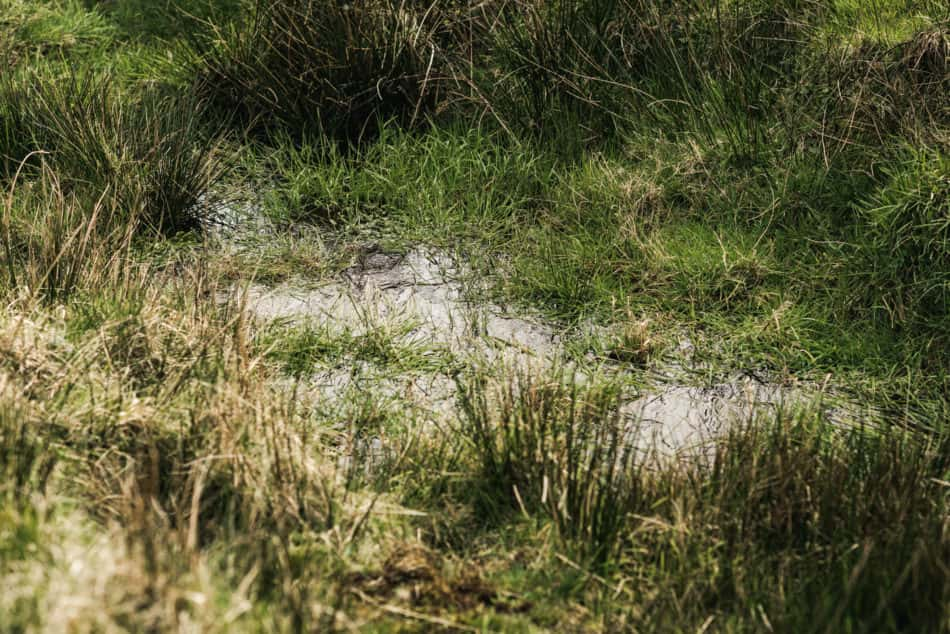
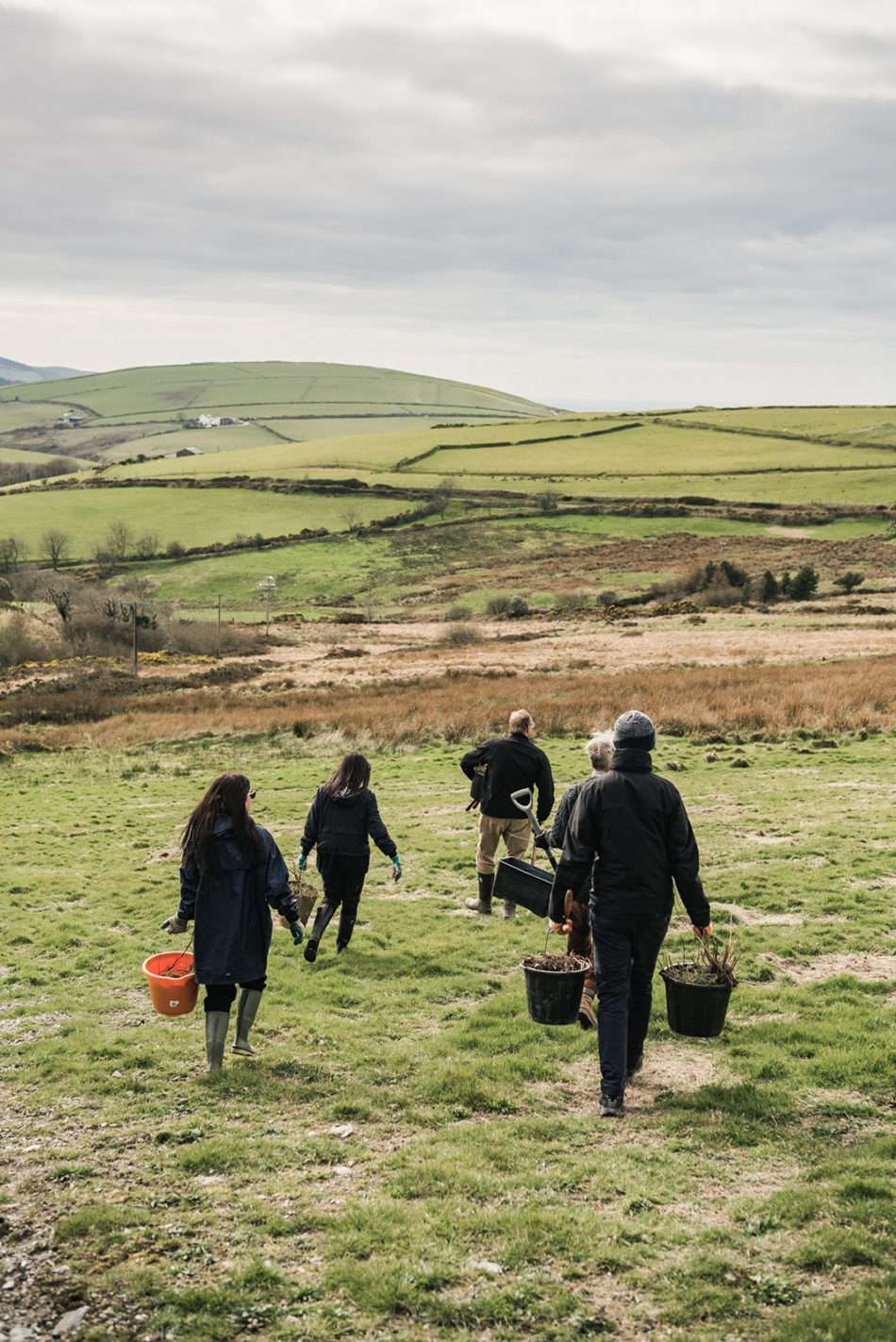
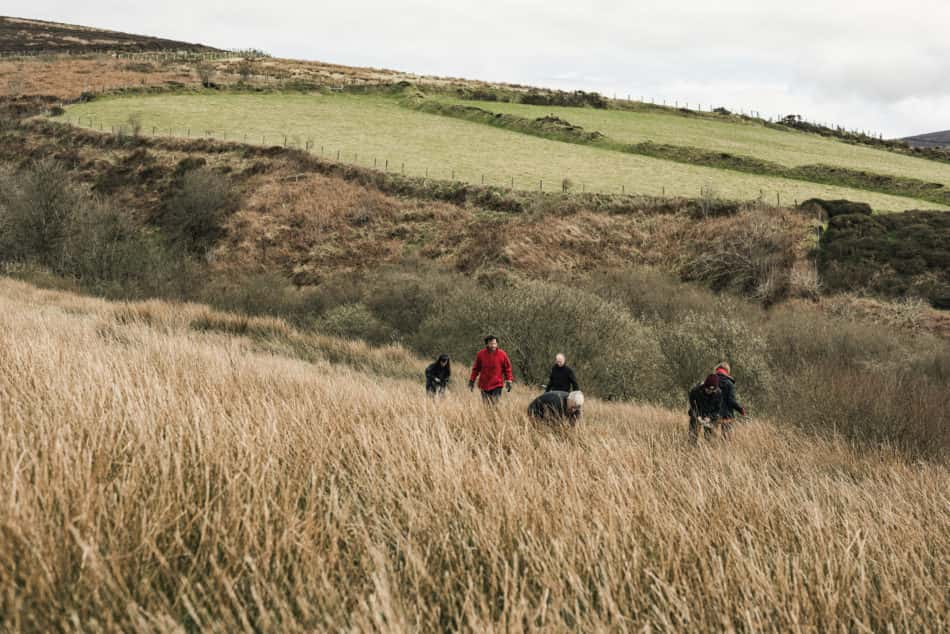
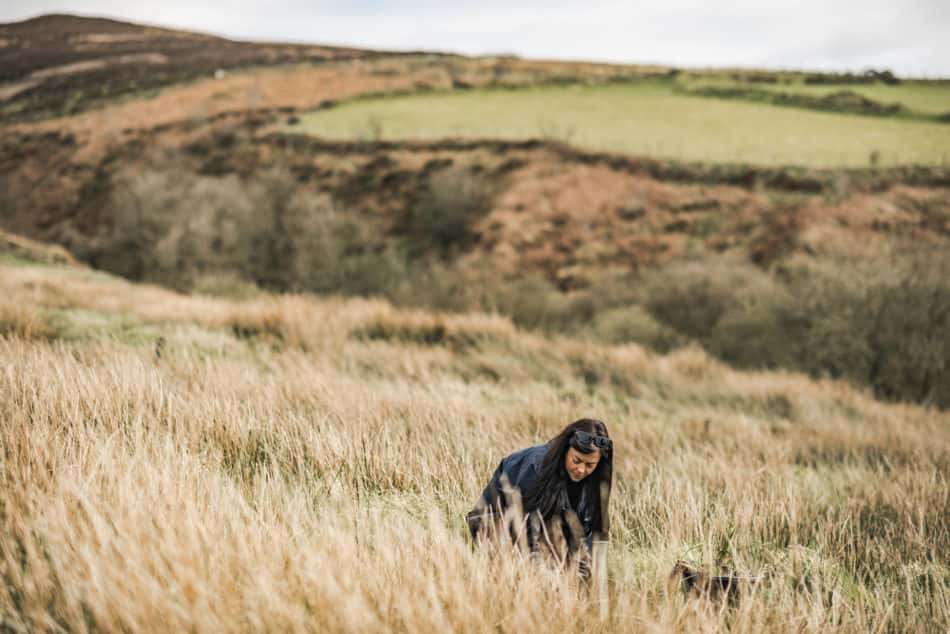
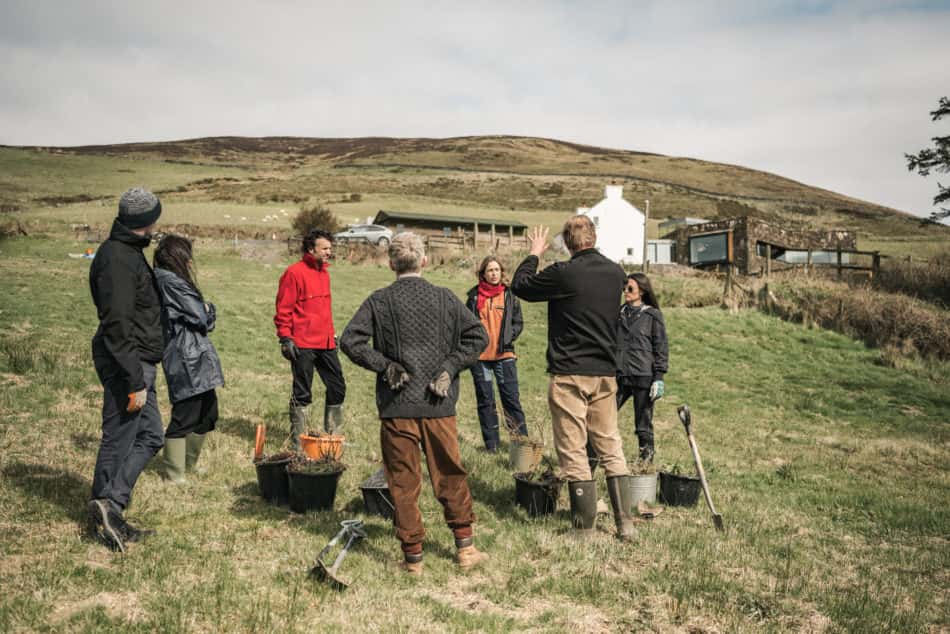
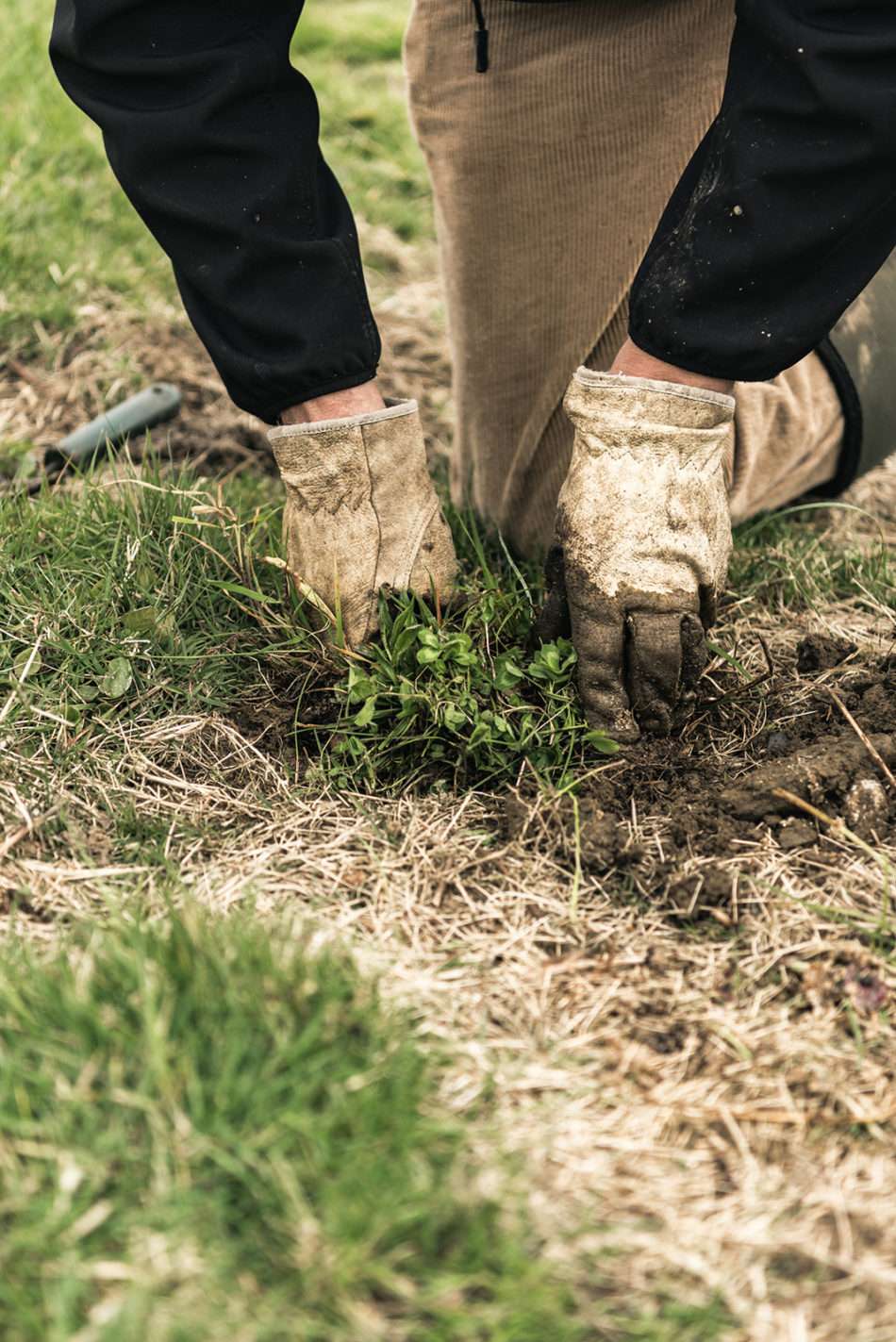
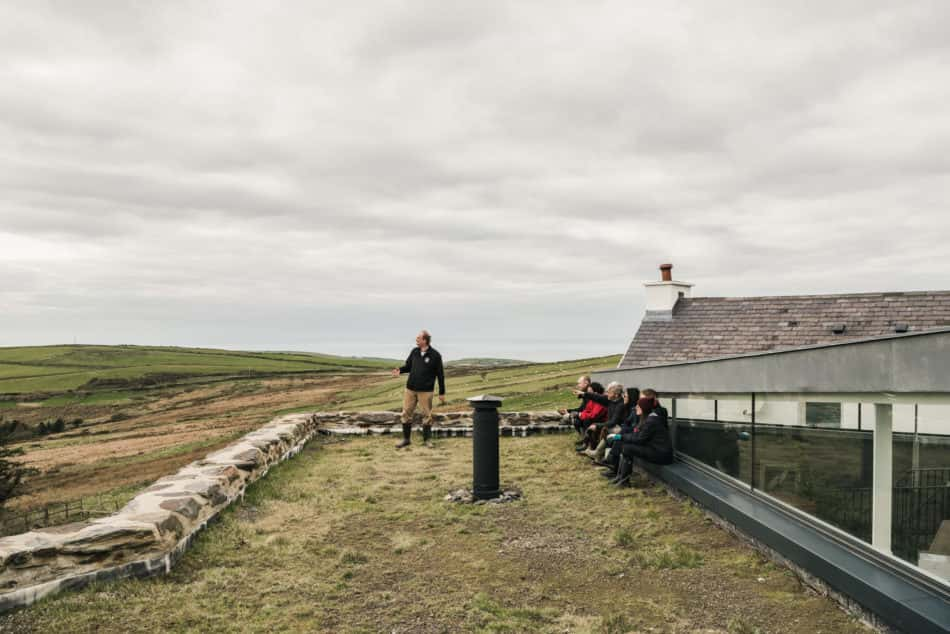
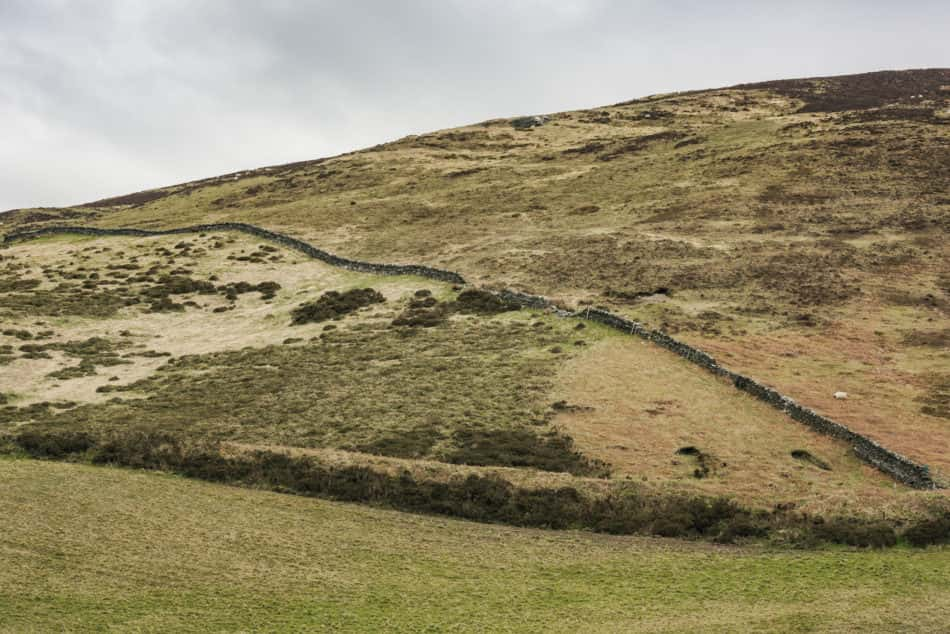
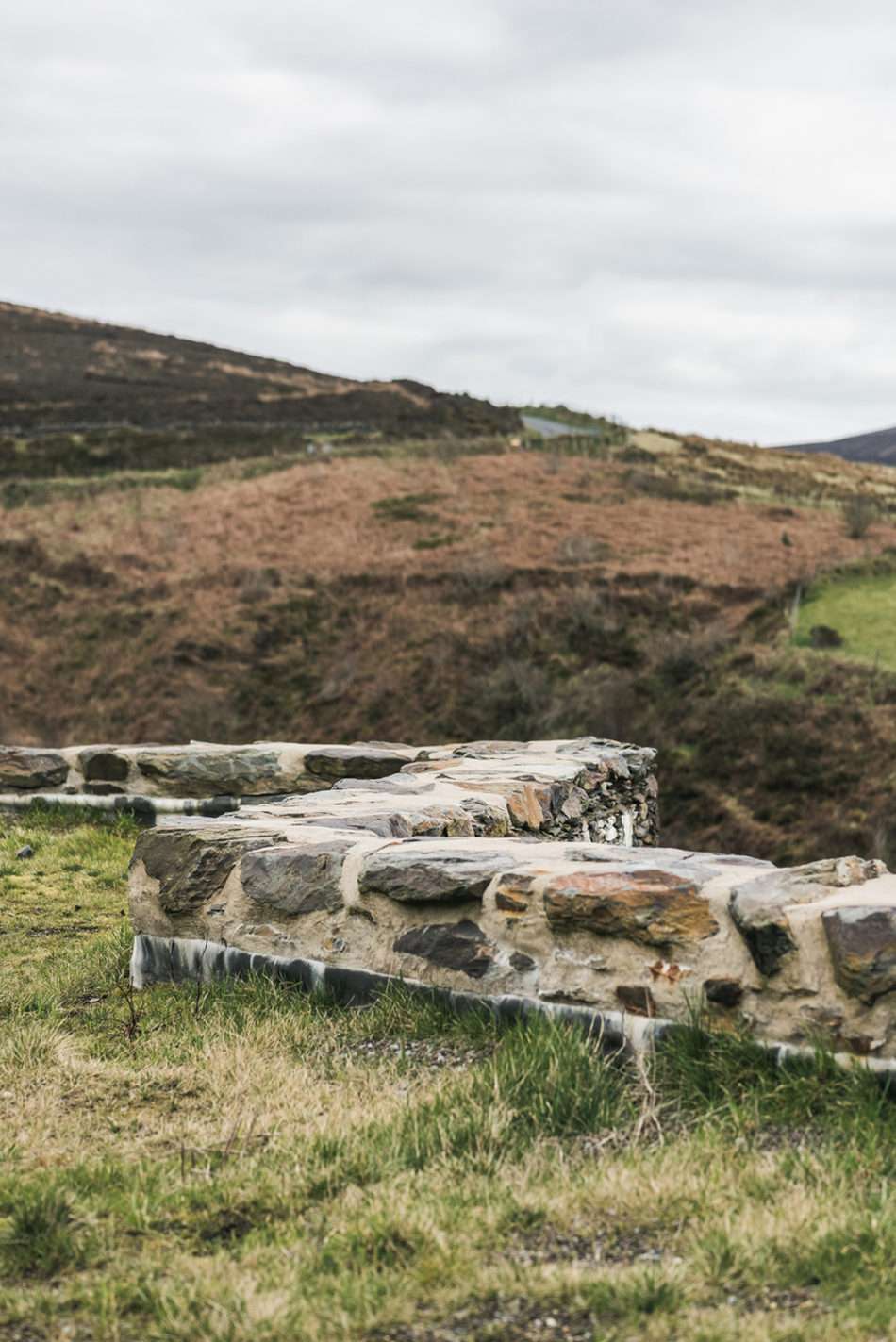
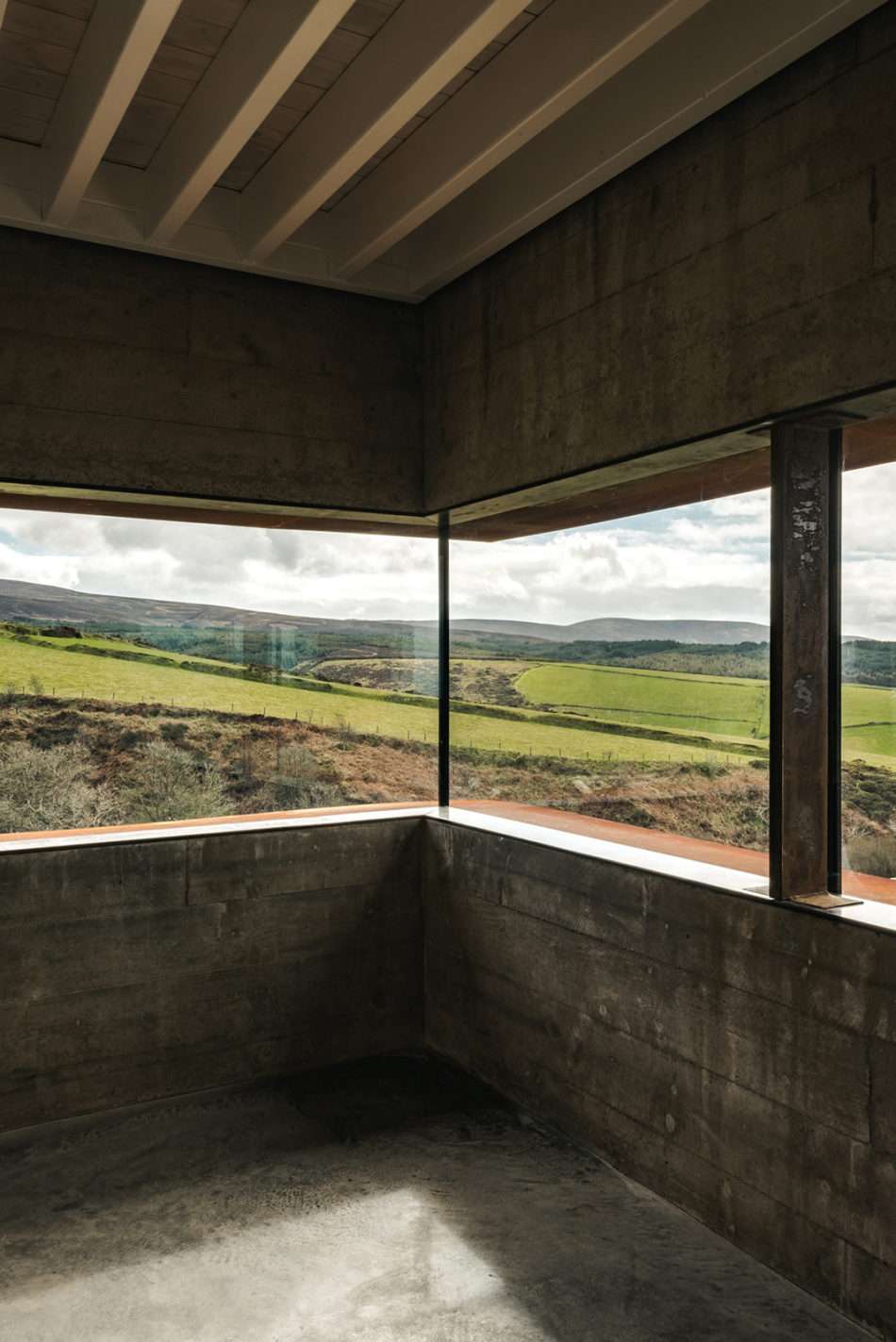
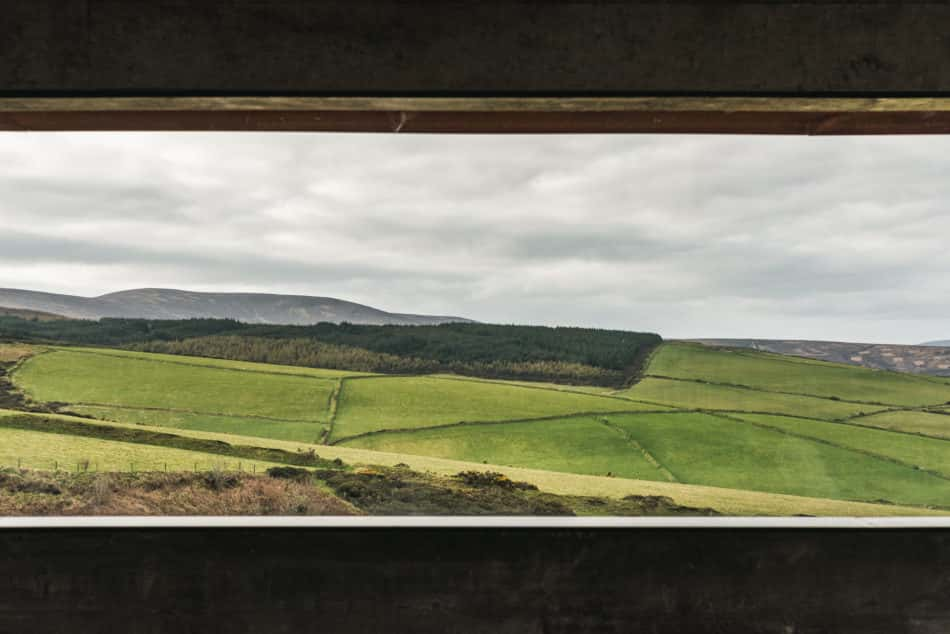
Our Field Work project has seen our team visit, live and work in Modernist icons like Eileen Gray’s Villa E-1027 in the South of France and Marcel Breuer’s Sea Lane House in West Sussex, and exciting contemporary projects in Dungeness and Notting Hill. Our latest trip took us to the Isle of Man to experience design for biodiversity at the Sartfell Retreat by Foster Lomas architects.
To use its full name, the Sartfell Restorative Rural Retreat is a multi-phase project that encompasses a completed contemporary house, the ongoing restoration, conservation and management of a seven and a half acres of a private nature reserve and a planned visitors’ centre and artist studio that will educate the community and tourists.
“At its heart, the Sartfell project is driven by our clients’ fundamental intention to improve and conserve the biodiversity of a whole reserve, which they set up themselves,” said architect William Foster. “That set the tone of the whole project, as we weren’t starting with questions like, ‘How many bathrooms do you want?’
“Before we even started the design process, we measured the wind and rain, and looked at existing materials on the site. It was a very inquisitive, research-based approach. We spent a year researching, thinking, gathering data, and finding people to work with on the island,” Will added.
The intensive research phase of the project has resulted in the entire site being carbon neutral, thanks to features like a ground source heat pump that draws from a newly-formed lake, a natural on-site waste disposal system and a wind turbine, positioned according to the weather reporting to produce the maximum amount of energy.
Integral to the master plan is the creation of a nature reserve, which The Modern House team – including Founding Director Albert Hill, Assistant to the Directors, Nicola Loughton, Appraisals Specialist Lucy Drane, In-House Photographer, Elliot Sheppard and Viewings Coordinator, Sarah Hatcher – helped to get going by planting indigenous plants and wildflowers. “The idea is that the landscaping will mature over time, attracting insects and other animals, while also repairing the land,” said Nicola.
Architecturally, the house is defined by its thick dry-stone wall cladding, made largely from stones uncovered during the building process, and which encases a cast concrete shell (before you eco-warriors pipe up, the judges for 2019’s RIBA North West Sustainability Award, which the house won in addition to a North West Award, said the use of concrete here was ‘justified as part of the overall energy control strategy’.)
The effect of the layered stone exteriors is one that Lucy Drane said, “anchors the house in the landscape, giving the impression that you are really secure and protected when you enter the building.”
But, more than just being an architectural gesture, the walls are designed to provide habitats for local wildlife, adding another biodiversity-boosting feature to the project’s credentials. Add to that an organic planted rooftop incorporating the flora of the site, it becomes clear the design is not just a sustainability box-ticking exercise, but the result of a genuine concern for the natural world.
“Everyone goes on about how they are doing eco houses these days, but a lot of what they claim to be ‘eco’ is just standard,” says Will. “The difference with this project was asking how we could go beyond that.
“We were interested in the idea of permanence, and we thought a lot about how the building would endure and age gracefully. Structurally, the building is going nowhere for the next 500 years, so my hope is that it will sit there, doing its job, teaching school kids about biodiversity and inspire people to do similar things.”
